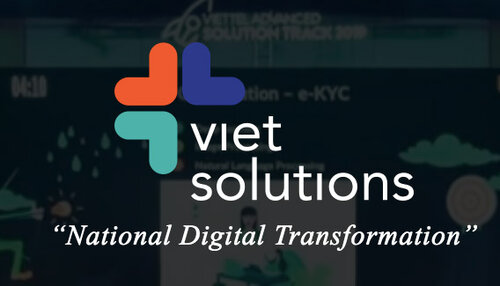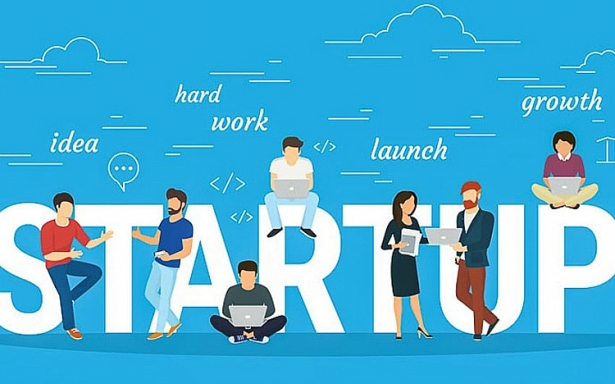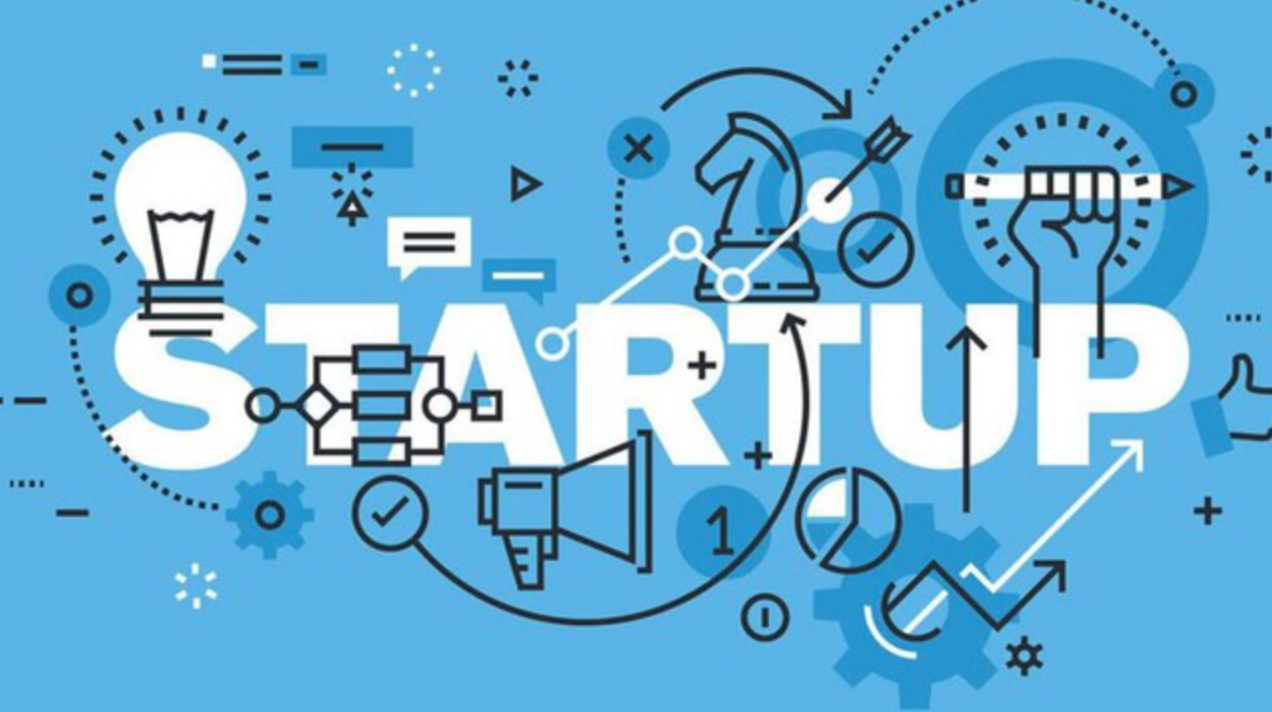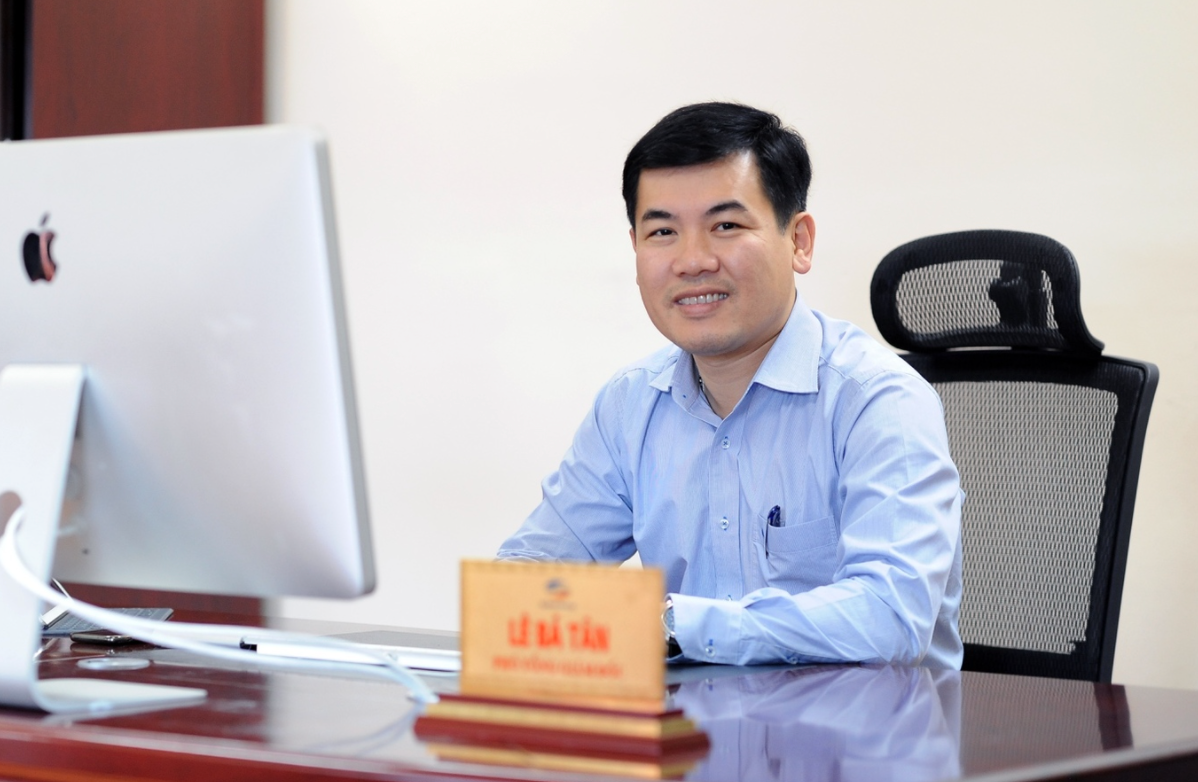
Transitioning Older Workers Into New Opportunities Doesn't Have to Be Hard
Organizations and the people who work for them, especially their older workers, are heading into a time of significant economic disruption. As health and economic crises mount, significant new challenges will confront the economy.
The Chinese word for crisis includes characters representing both danger and opportunity. How do older workers and the organizations they work with turn this crisis into an opportunity?
We need new maps to navigate this transition. Entrepreneurship offers a strong direction. We can create policies and options that allow older workers to transition from full-time employee to people who are able to create smart new business, while continuing their service to organizations, markets and communities they care about.
There is a significant need for smart, agile new startups launched by older entrepreneurs. For more than 20 years, the majority of startups in the U.S. have been launched by people 45 and older. As businesses cut back on expenses and, in many cases, their workforces, workers will need to prepare for employment landscapes that will look much different than those they spent their careers navigating.
Under harsh economic conditions, the typical business response is to fire or furlough workers. Often it is the older workers with the higher salaries that are under the most scrutiny. But what if older workers were seen to be the assets they are? How do we help employers and older workers navigate from danger to opportunity?
Older workers are often the ones with the deepest historical knowledge of the organization. They typically are the ones with the deepest personal networks, with connections throughout their employer’s organization and into the industries and markets they serve.
As organizations of all kinds re-evaluate their corporate policies related to social responsibility, there is a clear need to include help for older workers transitioning into the late stages of their careers. Organizations have a responsibility, as well as a clear economic incentive, to support these older workers as they make this transition.
The most obvious way is to create new employment options that honor the needs both the worker and the organization. Key among these options is the concept of phased retirements, or smart transition plans that allow both the workers and their employers the chance to map out a gradual exit strategy that gives interested workers the chance to slowly move from paid employment to self-employment.
This is not only possible, but it is happening across the American economy. Most new startups in the U.S. for the past 20 years have been launched by people aged 45 and older. Creating a phased transition to enable this movement to grow can make great business sense for employers as well as older workers.
The pandemic has created new interest and strategies among corporations and organizations for offering flexible work arrangement for employees, including support for caregiving and parenting. A recent (2020) report by the insurance giant Aegon highlighted this in their paper titled "The New Social Contract: Age-Friendly Employers."
The authors note that the same corporate policies that allow for better work-life balance in earlier career stages should also be extended to older workers who want and/or need to extend their working lives and gradually phase into retirement. According to the paper, "Fifty-seven percent of all workers globally expect a phased transition into retirement.” Yet, according to the same paper, one in three workers feels that their employer is not doing anything to facilitate a multigenerational workplace, which could help them continue working later in life. A phased retirement option would allow organizations and their older workers an alternative to firings and layoffs during difficult economic times like the ones we are facing.
Simply cutting off contact between older workers and their former employers makes little economic sense. These workers have the knowledge, know-how, industry experience and networks that can take years and decades to develop. For workers, being able to stay connected to their markets and communities they love can bring inspiration and motivation to their work, while allowing them to work on their own schedules, at their own pace, on projects they have particular knowledge of. Creating options for helping both the employer and the older worker navigate this transition makes smart business sense.
Among these options, older individuals could gradually leave full-time employment and establish their own small firms. These new "ageless" startups could continue as team members within multi-generational work groups operating within their former organizations. These new small firms could also support their former employers as brand ambassadors and evangelists for products, service and missions of the organizations where they grew their careers.
The vast majority of businesses in the U.S. are one-person organizations operated on a part-time basis to accommodate the goals of the entrepreneur. New "ageless" entrepreneurs can work in almost any field or endeavor. It is usually best to focus on markets they know and love best. These can be firms offering technical or professional services, but may just as easily include blue-collar opportunities. As job markets are roiled by the pandemic, and new organizations and new ways of thinking emerge, there will be a nearly unlimited list of opportunities older entrepreneurs can rise to and fulfill with their experience and understanding.
When organizations and their older workers work together to create these kinds of phased retirement options, many new opportunities can emerge to benefit both worker and the organizations supporting them. The conversation moves from potentially adversarial to collaborative. The above-cited Aegon study, which recommends a new social contract that creates age-friendly employers, is a strong first step to changing corporate culture and organizational social responsibility for major parts of the workforce.
Employers have a corporate social responsibility to utilize their organizations to make the markets they serve and the world we live in a better place. They can serve their own self-interest doing this by, among other things, creating new business options for their older workers to transition from paid employment to independent business owners.
Older workers have a responsibility to help the industries, markets and communities they love to prosper. They can do so at their own pace, on their own schedule as an independent entrepreneur.
Ageless entrepreneurship is an ideal option to explore these opportunities. Organizations can keep connected to talent and resources they have invested in. Ageless entrepreneurs can gain control over their time and their schedules, while building resilience and additional financial independence into their lives. To that end, and as discussed in my previous column, the Center for Ageless Entrepreneurs is being formed to assist both employers and older workers to explore these options. It is designed as a peer-to-peer support group for those interested in capturing these opportunities to make a better, more valuable and productive work life near the typical end of most people’s careers. And it will hopefully serve as a model. The time is right to create opportunity out of danger.
The dawning of the era of the ageless entrepreneur is here. Let’s work together to make this a valuable and profitable transition for all involved.
From Rick Terrien - Entrepreneur Leadership Network VIP
Entrepreneur.com







